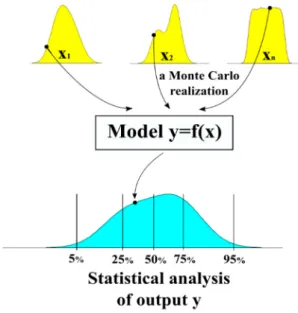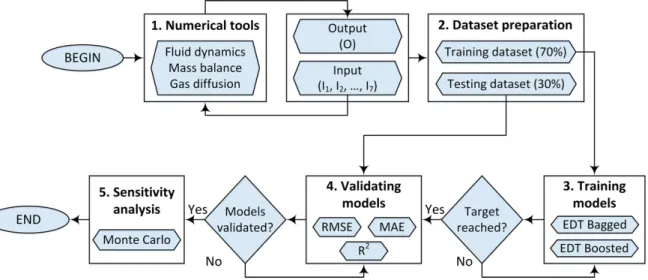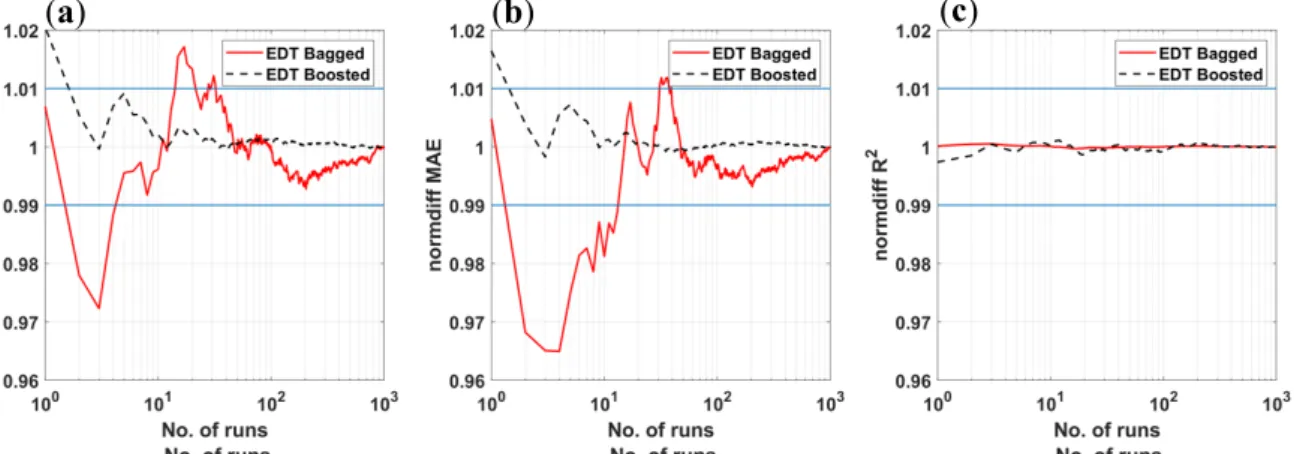Prediction and sensitivity analysis of bubble dissolution time in 3D selective laser sintering using ensemble decision trees
Texte intégral
Figure




Documents relatifs
Les familles professionnelles ayant le plus grand nombre de salariés concernés. Proportion de salariés concernés Effectifs
The generating potential was 250 kVp and the effective photon energy was calculated to be 126 keV (this is the same beam quality and geometry as used by McEwen et al, 2014).The
The parameters studied during the sensitivity analysis are: c: collection side mirror angle; p: projection side mirror angle; f0: distance between the collecting lens and
In actual flow conditions, bubbles are polydispersed in size and in shape (or eccentricity). Thus, the measured cross-correlation will result from the contributions of bubbles
Une autre particularité de cette technique est que les élèves barrent les chiffres à chaque fois que la division du nombre correspondant est achevée (c’est ce qu’ils faisaient
Previous empirical evidence from Sweden has also shown modest increases in segregation of schools by various household characteristics after an introduction of combined public
Dans un premier temps, nous nous intéressons aux algorithmes d’apprentissage de données (machine learning), plus particulièrement, à l’algorithme de k-means, l’un des algorithmes
interdigitale présentent également des profils de séquençage relativement homogènes pour les quatre gènes étudiés mis à part une souche pour le gène codant la


